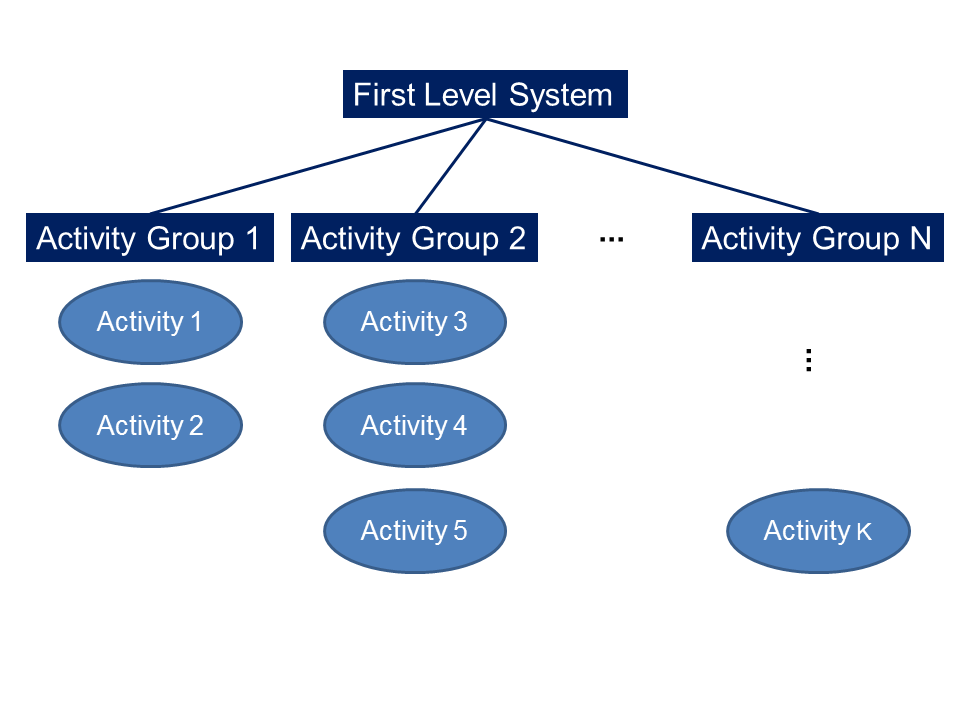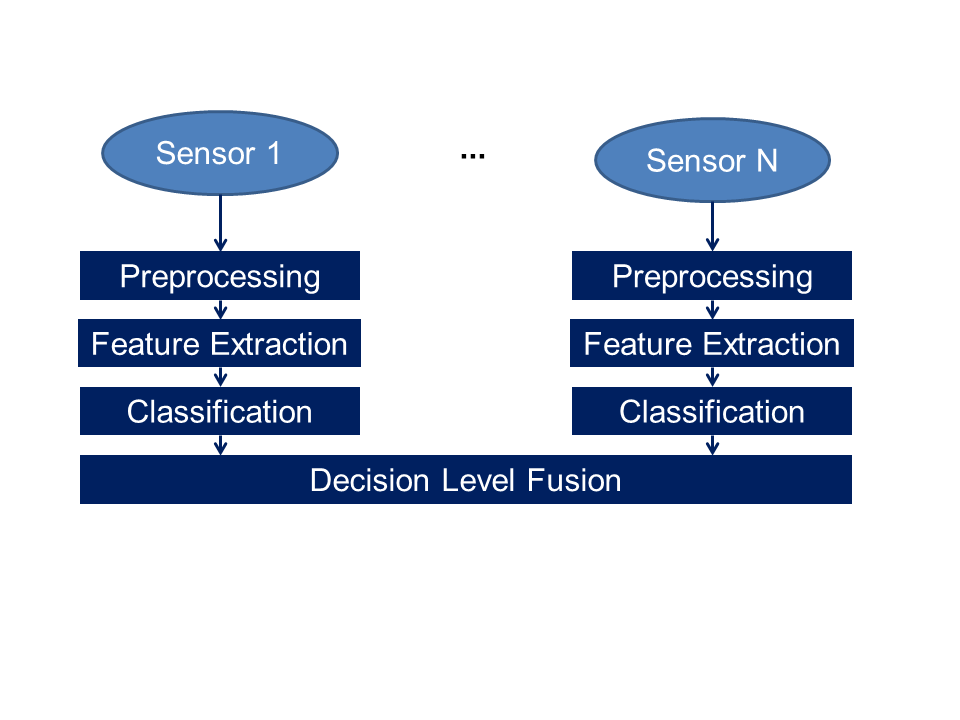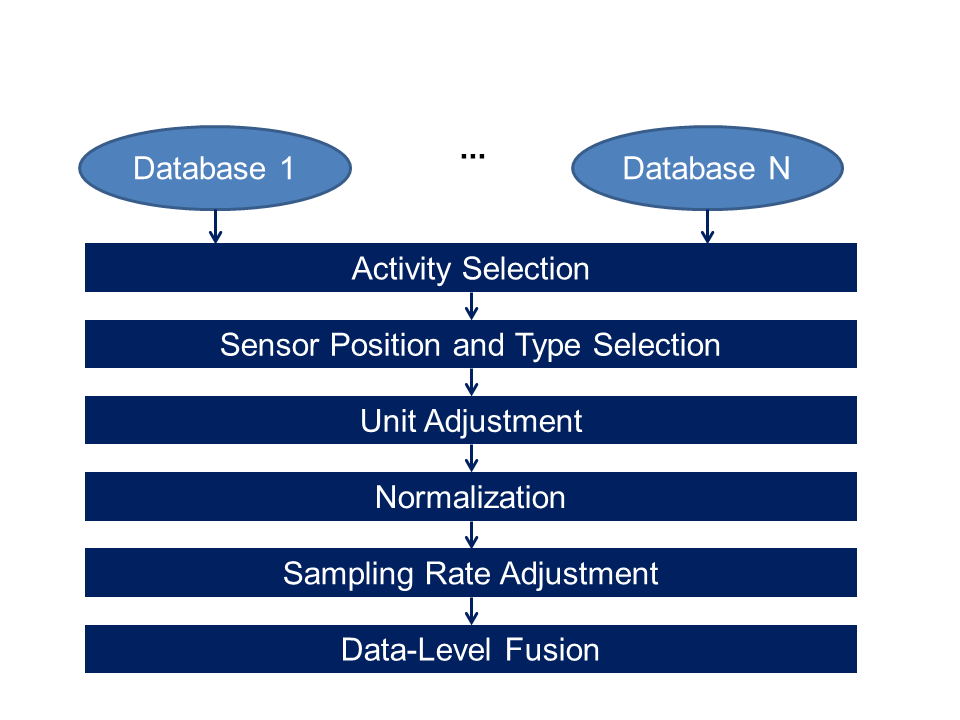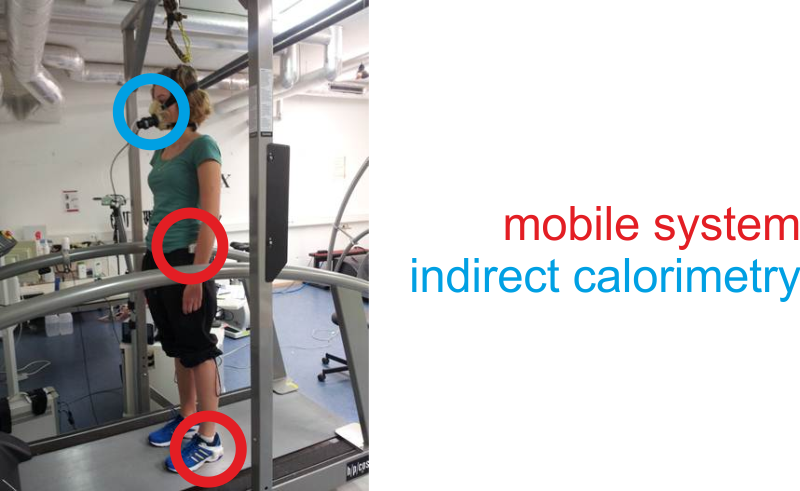Physical Activity Assessment in Health
Hierarchical, Multi-Sensor Based Classification of Daily Life Activities: Comparison with State-of-the-Art Algorithms Using a Benchmark Dataset
Insufficient physical activity is the 4th leading risk factor for mortality. Methods for assessing the individual daily life activity (DLA) are of major interest in order to monitor the health status and to provide mandatory feedback about the individual quality of life. The assessment of DLAs with self-reports induces problems like reliability, validity, and sensitivity. In recent years, small and light-weight inertial sensors were used to provide objective measurements of physical activity. One major research field is the classification of DLAs, e.g. walking, washing dishes or climbing stairs.
We propose a hierarchical classifier structure that is flexible in the integration of new activities. Furthermore, the sensor fusion of accelerometer and gyroscope improves the distinction of activities like ascending/descending stairs.
Since it is difficult to compare newly proposed methods to existing approaches, we provide an publicly available dataset (![]() www.activitynet.org). The hierarchical, multi-sensor based classification system was compared to state-of-the-art algorithms using a benchmark dataset.
www.activitynet.org). The hierarchical, multi-sensor based classification system was compared to state-of-the-art algorithms using a benchmark dataset.

Classification of Daily Life Activities by Decision Level Fusion of Inertial Sensor Data
Since new and better sensors are frequently available on the market, an optimal activity recognition system should integrate such devices without much effort. We propose a decision level fusion technique, in which each sensor node independently classifies the performed activity. The decision of the sensors are fused and combined for a final decision.

Towards Big Data for Activity Recognition: A Novel Database Fusion Strategy
Usually, activity recognition algorithms are evaluated on one specific database which is limited in the number of subjects, sensors, and type of activities. A novel database fusion strategy is proposed which fuses different available databases to one large database. This fusion of databases addresses the two attributes high volume and high variety of the term “big data”.

Energy Expenditure Estimation
Multiple Sclerosis is a chronic, immune-mediated disease that affects the central nervous system. Due to problems with balance, weakness or numbness in the feet or legs gait disability is one major symptom for Multiple Sclerosis. People with gait disabilities are twice as physically inactive as healthy people. The low level of physical activity among people with disabilities raise serious concerns regarding their health and well-being. Thus, the development of specific recommendations for type, volume and intensity of physical activity plays a major role in order to combat the effects of a sedentary lifestyle. Recommendations for health-enhancing physical activity are expressed e.g. by a minimum energy expenditure caused by movement. A typical technique to compute the energy expenditure is indirect calorimetry. Indirect calorimetry is based on the fact that as foods are oxidized to produce heat in the body, oxygen is consumed and carbon dioxide is produced in proportion to the heat generated. Since the indirect calorimetry is not applicable in daily-life situations like vacuuming, ascending stairs or walking outside, an alternative assessment technique is preferred. Small and light-weight inertial sensors like accelerometers showed a high correlation against indirect calorimetry during treadmill running in persons with Multiple Sclerosis.

Publicly Available Datasets: http://www.activitynet.org/
